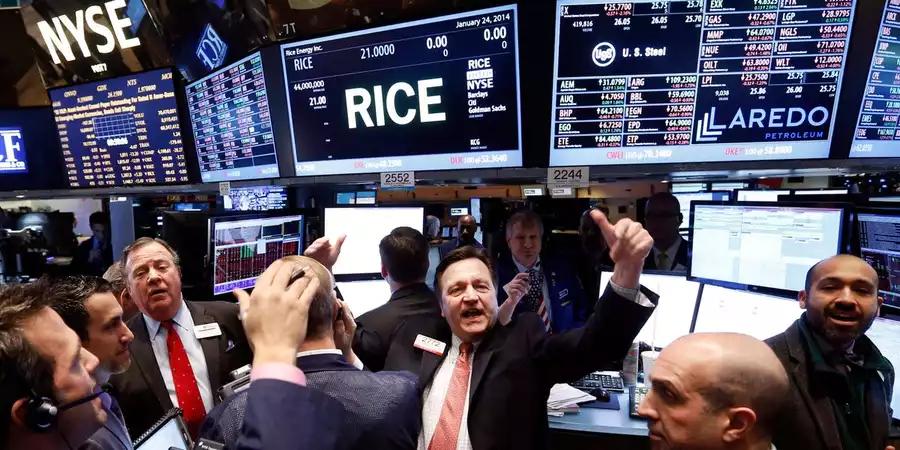US Stocks Mixed as S&P 500 Hits Record High Amid Positive Jobs Data
U.S. stocks concluded Friday’s trading session with mixed results, as the S&P 500 reached a new all-time high. Investor sentiment improved following the release of better-than-expected jobs data, fueling speculation about potential future interest rate cuts.
The Labor Department reported that employers added 227,000 jobs in November, surpassing economists’ expectations of 220,000. While the unemployment rate slightly increased to 4.2%, the robust job market bolstered confidence in the U.S. economy’s resilience.
The S&P 500 closed at 6,090.27, up 0.25%, while the Nasdaq composite rose 0.81% to 19,859.77. However, the Dow Jones Industrial Average fell 0.28% to 44,637.44.
Gina Bolvin of Bolvin Wealth Management Group commented, “The job report indicates a healthy job market, which is a positive sign for the economy.” Jason Pride of Glenmede added that the slight increase in unemployment could support a potential 25 basis-point rate cut by the Federal Reserve.
Investors are now anticipating that the Fed may continue cutting interest rates, with the CME FedWatch Tool showing an 85% probability of a rate cut this month. The likelihood of rates remaining 25 basis points lower in January has increased to 63%.
In the commodities market, West Texas Intermediate crude oil decreased by 1.68% to $67.15 per barrel, while Brent crude saw a slight decline of 0.08% to $71.06 per barrel. Gold increased by 0.12% to $2,635 an ounce.
The 10-year Treasury yield fell by three basis points to 4.151%, reflecting changing market expectations. In the cryptocurrency space, Bitcoin rose nearly 2% to $101,302.
As markets digest the latest economic data, uncertainty remains about further rate cuts in early 2025. Investors and analysts continue to monitor economic indicators closely for signs of future monetary policy direction.




 By
By




 By
By
 By
By
 By
By
 By
By






![A person sits on a blue chair during a discussion at an event. They appear thoughtful, wearing a dark jacket and a light shirt, with a blue backdrop featuring the text "HUMAN[x]."](https://biztechweekly.com/wp-content/uploads/2025/07/metas-14.3b-scale-ai-investment-sparks-surge-in-competitor-growth-and-client-shifts-in-ai-training-market.webp)
